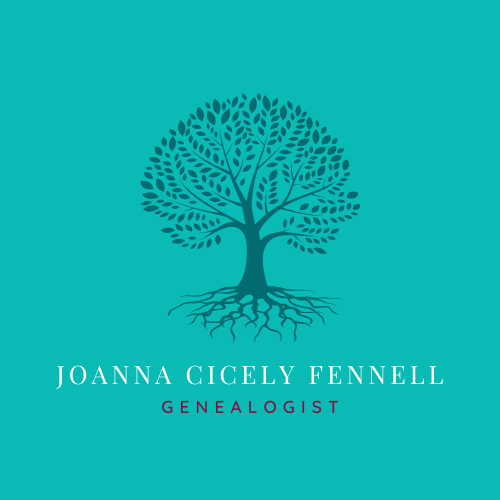Numbers 39 and 40 Denzille Street, now best known to Dubliners as The Ginger Man pub on present-day Fenian Street, were for forty years the home and premises of the Stafford family. Believed to hail from north Wexford, John Stafford (c. 1811-1874) first appeared in the 1843 Dublin Directory with a premises at 37 Denzille Street. Within three years John had leased both the corner property, Number 40, as well as the smaller one next-door, in which he ran a successful business as a grocer, wine and spirit merchant for some thirty years.
On 16 November 1847, John married Margaret Teresa Morris (1818-1904) at St. Andrew’s Roman Catholic Church on Westland Row. Margaret was one of the two surviving daughters of disowned Quaker merchant Bartholomew Morris, originally from Borris-in-Ossory, Co. Laois. John Stafford was active in local politics; his name appeared frequently in newspaper reports relating to Trinity Ward, of which he was a burgess. His signature was also counted amongst those who signed a petition for the release of Young Ireland leader William Smith O’Brien in 1848-9.
Before Stafford’s tenure, Number 39 had been occupied by the aptly-named barrister Henry Chinnery Justice, agent for the Massy Dawson estate in Co. Tipperary. An 1835 advertisement for the property stated that it included six rooms, as well as a kitchen, wine cellar, garden, coach-house and stable. Number 40 had also been occupied by a barrister, Frederick Mooney (sometimes recorded as Francis), whose sudden death resulted in an inquest being held at his home on 12 September 1842. John Elliott Hyndman, City Coroner, returned a verdict of death by apoplexy. In January 1851, 40 Denzille Street was the location of another inquest, this time a tragic case of infanticide. The following report appeared in the Freeman’s Journal on 20 January 1851:
It appeared in evidence that a young unmarried woman, named Margaret Kelly, a servant in the house in which the inquiry was held, was suspected by her master [presumably John Stafford] to have been recently delivered of a child. Acting on this suspicion he examined about the premises, and on Friday afternoon discovered the dead body of a newborn female infant in a place of concealment at the rere of the house. He at once gave information of the circumstances to the police authorities, and the young woman abovenamed was apprehended. After being taken into custody she admitted the maternity.
John Stafford appeared in Griffith’s Primary Valuation (dated 1854) as the lessee of 40 Denzille Street; he was also the lessor of a nearby property at 173 Great Brunswick Street (now Pearse Street). At that time John’s sister-in-law Mary Elizabeth Morris (1812-1869) was the lessee of 171 Great Brunswick Street, the location of her late father’s ironmongery business. A glance at the same page of the Griffith’s Valuation shows a street populated with familiar Quaker names such as Richard David Webb and Samuel Gatchell.
After her husband’s death, Margaret Teresa Stafford continued to run the family business, with the help of her son John Morris Stafford, until her retirement in the mid-1880s. By 1901, Number 39 was home to coachbuilder James Murphy, Scottish-born printer Thomas Qualy, and their respective families. The 1901 Census of Ireland described Number 40 as a shop and dwelling house, then in the hands of grocer Martin Kennedy. Both premises were in the hands of the same families when the 1911 Census of Ireland was enumerated. Denzille Street, originally named for the 1st Baron Holles in the late 18th century, was renamed Fenian Street in 1924.
The property continued to be occupied by a series of grocers and spirit merchants throughout the early-to-mid 20th century; William Power in the 1930s, Patrick Hayes in the 1940s, the Quigley Bros in the 1950s and 1960s. By 1973 it housed Ryan’s pub, followed by its current incarnation as The Ginger Man from 1979 onward. The pub took its name from J.P. Donleavy’s 1955 notorious book of the same name. The novel, which told the story of debauched American law student Sebastian Dangerfield’s experiences at Trinity College in the late 1940s, was banned in both Ireland and the United States on grounds of obscenity. To date it has sold more than 45 million copies worldwide. Numbers 39 and 40 Fenian Street were finally reunited under the same ownership by the 21st century, for possibly the first time since the end of the tenure of the Stafford family in the 1880s.
